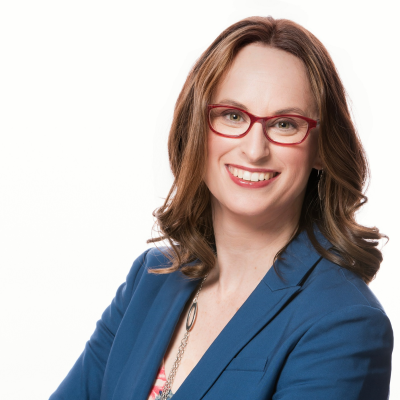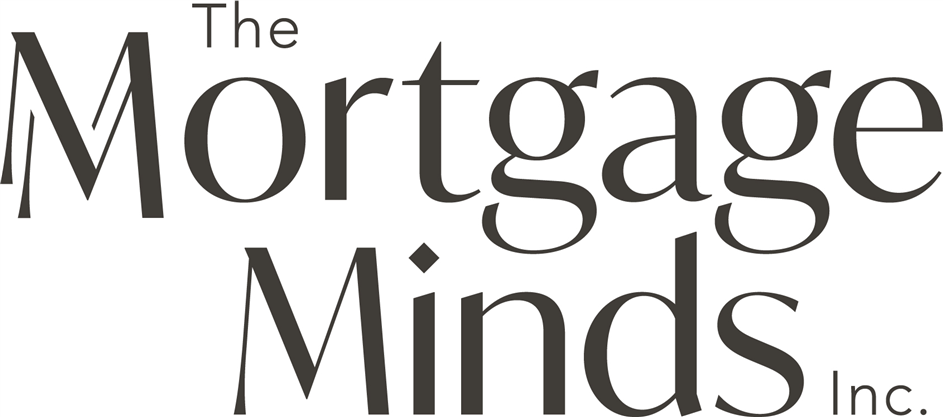
Michelle Lapierre
Buying Again? How Much Down Payment Do You Need?
11/15/2017
I still get a lot of questions about how much down payment is required for different types of property purchases. Let's look at how property use and type determines how much down payment will be required:
Primary Residence
Whether it is your first or fourth purchase of a home, the minimum required down payment for a primary residence worth less than $1 million is only 5%. You do not need to be a first-time buyer. You can also currently own a home, not sell it, and still go purchase another property with 5% down payment (assuming you qualify for the mortgage!). The only exception to this is for properties over $500,000. For any amount above $500,000 you will be required to make a minimum down payment of 10%.
If you are purchasing with less than 20% down, you are required to pay mortgage default insurance premiums. There are 3 mortgage default insurers in Canada: Canada Mortgage and Housing Corp. (CMHC), Genworth, and Canada Guaranty. CMHC changed their policy in the last few years to only allow one property to be insured with them. This created a misconception that you needed 20% down if you were buying your second home. This is not the case, as the other two insurers will insure more than one property for a borrower. They just limit their overall exposure by putting a limit of $1 million allowed for one borrower in total. For example, you could buy an insured home with a $500,000 mortgage, a cabin for $300,000, and still buy a condo for your university student at $150,000 with 5% down.
Second Home
The minimum required down payment for a second home is 5%. A second home describes any property that is meant for you or a family member to live in without requiring rent. This could be a vacation property, a home for an aging parent, or even a property that your children will live in while attending post-secondary. The property itself must meet insurer requirements. Vacation properties may require more down payment if features of the home deem it less marketable. For example, if it is not winterized or not accessible year-round by road, you may be required to have a 10% down payment.
Investment Property
Whether you are planning to rent it out, flip the property, or just hold on to it, when purchasing a property for investment purposes, the minimum required down payment is 20%. This requirement was put in place to strengthen the Canadian housing market and reduce speculation. If a person runs into financial difficulties, they will work harder to keep the roof over their head versus a property they own but do not live in. Investment purchases are riskier mortgages and therefore require a higher down payment to purchase.
I often get asked if there is any way around this. The simple answer is no. If you misrepresent a purchase as being a primary residence that is actually a rental in order to buy with less than 20% down payment, you are committing mortgage fraud. You are asking an insurer to insure the mortgage under false pretenses. They agree to the mortgage without understanding their actual risk level. This could come to bite you down the road on another purchase if insurers are no longer willing to insure your purchases.
If you plan early on, there is a way to build a rental portfolio that allows you to own several properties without needing the 20% down payment. You do this by purchasing primary residences that are easily converted to rental properties later, after you have lived in them. I will dive into this in a separate newsletter, but if you do see yourself building a rental portfolio, it pays to work with an experienced mortgage professional early in the process.
Property Type and Buyer Risk Can Impact Down Payment Requirements
The above required down payments are the general guidelines. When purchasing with less than 20% down, you are subject to insurer approval. A pre-approval from a lender does not mean the insurer has approved your purchase. The insurer does not review your application until you write an accepted offer and your lender submits it to an insurer. If your purchase is deemed riskier for some reason, whether it is the quality of the property, your credit history, or even your job or income history, an insurer can choose to require more down payment or decline it altogether. Speaking to an experienced mortgage professional can help you understand the down payment requirements specific to your situation. This is also why you ALWAYS protect yourself and your deposit by writing a purchase offer with a condition that it is subject to financing approval.
What About 0 Down?
This is another major misconception in the market. Can you buy with zero down payment? No. You need to have at least 5% down to purchase in Canada, but that can be from a borrowed source (ex. Line of credit). Borrowed down payment is only available if you are a very strong buyer and can qualify for the purchase while carrying that debt payment.
If you would like to discuss your purchase plans and how best to structure your mortgage, please do not hesitate to contact me.




























